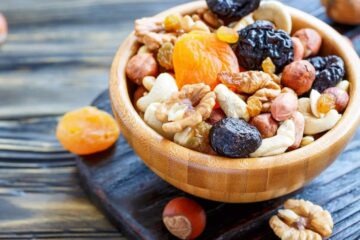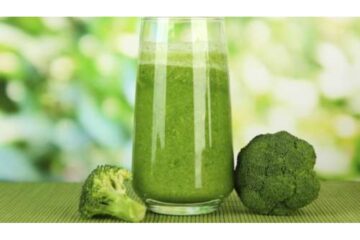
Because this mineral is essential for the body’s function in energy synthesis and oxygen transport, it must be kept at appropriate levels.
Spinach: Packed with non-heme iron, this leafy green is vital for the blood’s oxygen delivery process. When non-heme iron from plant-based sources, like spinach, is eaten with foods high in vitamin C, like citrus fruits or bell peppers, it is absorbed more easily.
Legumes: Chickpeas, lentils, and beans are great plant-based sources of iron. Additionally, they contain large amounts of fibre, which promotes healthy cholesterol levels and facilitates digestion. Legumes can improve iron absorption and promote a balanced diet when added to meals.
Lean meats: Heme iron, which is easier for the body to absorb than non-heme iron, is found in red meats. The synthesis of haemoglobin, the protein found in red blood cells that transports oxygen throughout the body, depends critically on heme iron. Iron deficiency anaemia can be avoided by eating a balanced diet that includes lean foods.
Liver: Organ meats, particularly liver, are exceptionally high in iron and other vitamins (including copper, vitamin A, and B vitamins) that are essential for good health. When liver is consumed in moderation, iron stores are greatly increased, immune system support is provided, and energy generation is increased.
Seafood: Shellfish, including clams, oysters, and mussels, are a great way to get critical elements like zinc and heme iron. When combined with iron, zinc promotes wound healing and immunological function. Including seafood in your diet offers the added benefit of improving overall nutritional diversity and iron absorption.
Quinoa: This ancient grain is high in iron, magnesium, and fibre in addition to being a complete protein. Since quinoa’s iron is non-heme, like spinach’s, it’s a great option for vegans and vegetarians who want to acquire more iron in their diet. Quinoa enhances intestinal health and provides nutritional diversity to diets.
Nuts and seeds: Rich in iron and other essential minerals like magnesium and good fats, pumpkin seeds, sesame seeds, and nuts like cashews and almonds make for a wholesome snack. These are easy ways to increase your consumption of iron in between meals and maintain good cardiovascular health in general.
Fortified foods: A variety of breads, cereals, and other foods high in iron can help to prevent and maintain low iron levels. Iron is added to whole grain products as a way to bridge nutritional gaps and promote public health campaigns. For those with certain dietary preferences or limitations in particular, fortified foods offer an easily accessible and practical means of increasing iron consumption.


